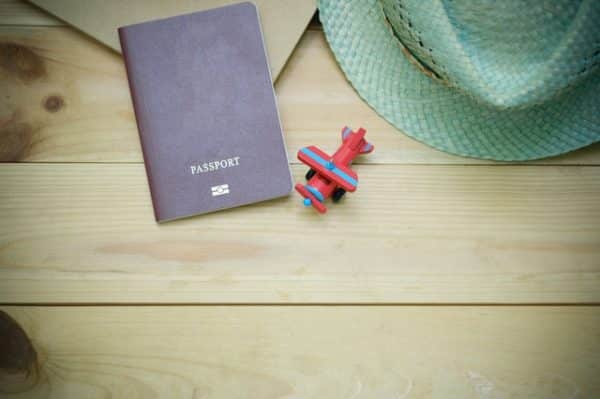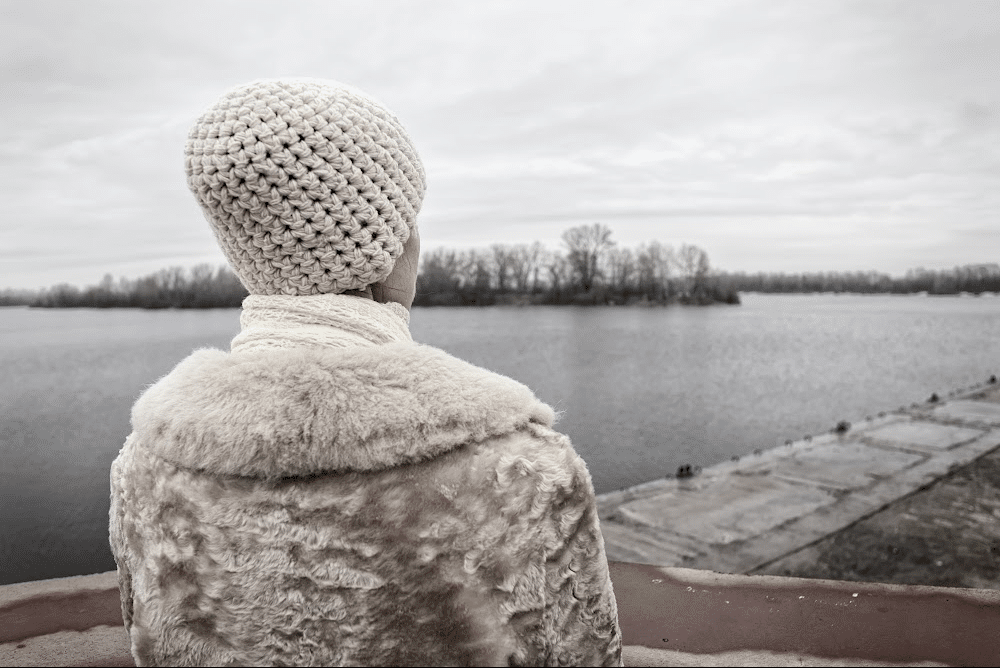Taking a first aid kit with you when you travel means if you should have an accident or become unwell, you have items to hand to use that you are familiar with and can help you out instantly. In some cases, it may be that you will need to visit an emergency department in your current location for any minor ailments you cannot treat yourself.
But packing a first aid kit to take with you when you travel can help you avoid having to try and source products in unfamiliar territory and potentially be obstructed by a language barrier or even requiring you to use products you aren’t comfortable or familiar with.
So when you are travelling, what should you put in your first aid kit?
Emergency Details
In the first instance, you should keep a written list of any health conditions you might have that can affect your treatment in a foreign country. If you cannot converse with medical professionals, this list can save time and mistakes in your care. Keep a list on you and one with your belongings too for easy access.
Include any allergies, medications you are taking, treatments you are having or just finished having, for example, chemotherapy. If you take regular medication daily or at set times, it could be worth noting this too for a guide to know when you last took any medication that could interfere with the medication they want to give you.
Basic First Aid Kit
We all know the benefits of a basic first aid kit at home and travelling. You should ensure any first aid kit you have is fully stocked and ready for travel. It doesn’t need to be a large kit, especially if you are travelling light. But it should have some or all of the following;
- disposable latex-free gloves
- plasters in assorted sizes
- hydro-colloid blister plasters
- gauze
- adhesive first aid tape
- an elasticated bandage wrap for sprains and strains
- steri-strips
- cotton swabs
- iodine or alcohol-based preparations
- saline sachets to wash out wounds
- Aloe Vera gel
- topical corticosteroids for bites, stings and other skin irritations
- thermometer
- tweezers
- scissors
You can buy ready prepared first aid kits with most of these items in, or you can make your kit by buying everything separately.
Extra Items
Many people see the benefit in adding to their travel first aid with items such as diarrhoea relief, painkillers, anti-inflammatory medication, indigestion and heartburn relief or an ibuprofen gel pain reliever for pulled muscles, back pain, sprain etc.
You know your own body, and if you take these medications occasionally or even frequently, then adding them to your personal first aid travel kit can help you combat any symptoms from different issues when you are travelling without having to make a stop to find supplies.
While this list isn’t extensive, it covers many of the more common ailments and home treatment options for things such as upset stomachs, diarrhoea, pains, headaches, cuts and bruises and so on. It can make all the difference between being able to relax and not let these minor ailments ruin your trip and worrying that you are ruining your vacation by not treating any concern you might have.
Don’t forget; you should always travel with health insurance to ensure you are landed with a huge bill for treatment in a hospital abroad or cover fees for repatriation.





